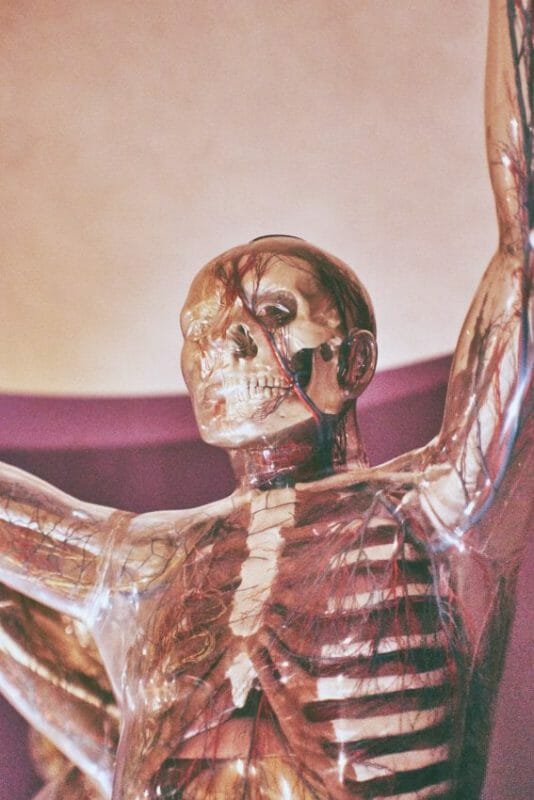Peripheral neuropathy occurs when nerves outside of the brain and spinal cord are damaged. The result is weakness, pain, and loss of sensation often in the hands and feet. Peripheral damage often causes problems in vital organs in the digestive and circulatory systems.
People develop peripheral neuropathy after traumatic injuries, exposure to toxins, and when they have diabetes. If you have peripheral neuropathy, you can visit a nerve center for a variety of treatment options. Treatment options vary based on the extent of your problem.
TENS Machines
Many physicians and physical therapists recommend using a transcutaneous electrical nerve stimulation (TENS) to treat peripheral neuropathy. During this daily treatment, small electrodes send a current through the skin into the nerves.
Physical Therapy
Before or along with medications, physicians often recommend physical therapy as a treatment method to improve weaknesses in the limbs. Some people with peripheral neuropathy benefit from using braces, canes, walkers, or wheelchairs.
Plasma Treatments
If you have inflammatory conditions as a result of your peripheral neuropathy, you might benefit from plasma exchanges or intravenous immune globulin. During a plasma exchange, the clinician removes your blood to take out the antibodies and proteins that cause the problems. Then, they replace your blood. During immune globulin therapy, clinicians add proteins that function as antibodies to improve your condition.
Surgery
Sometimes, the only treatment that provides relief is surgery. It works by removing the pressure that creates the neuropathy. Occasionally, surgeons remove tumors or other internal issues that exacerbate the problem.
Pain Relief Medication
Inflammation often causes peripheral neuropathy, and over-the-counter pain medications and anti-inflammatories can relieve the pain and pressure. If over-the-counter medications aren’t getting the job done, your physician can prescribe something more substantial. However, be aware that medications with opioids can be habit-forming. Ask your physician to explain the risks and side effects that come with medications like oxycodone and tramadol. Consider trying other therapies before turning to addictive medications.
Anti-Seizure Medications
Despite the drowsiness they cause, physicians often prescribe anti-seizure medications to help patients find relief from peripheral neuropathy. These treatments help people with epilepsy and research shows they can help reduce nerve problems, too. Anti-epileptic medications can cause dizziness.
Antidepressants
Because peripheral neuropathy affects the nerves that extend from the brain and spine, physicians have helped people find relief by prescribing antidepressants. These medications affect brain chemistry, which can also help people find comfort from the nerve pain.
Physicians commonly prescribe tricyclic antidepressants as well as serotonin and norepinephrine reuptake inhibitors and extended-release antidepressants. Some antidepressants help calm the pain and discomfort from peripheral neuropathy caused by diabetes. Many antidepressants cause side effects like dry mouth, drowsiness, weight gain, and nausea.
Topical Medications
Another helpful treatment is topical creams and lidocaine patches. Many people appreciate the relief they get from capsaicin cream which uses a substance from hot peppers. While the cream occasionally causes some skin irritation, many people find it helpful as it calms discomfort from neuropathy. Lidocaine patches also help, but the treatment can cause numbness where you apply it.


